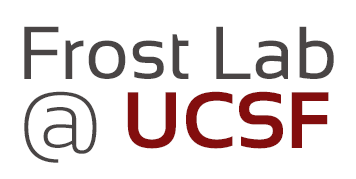
##Toward Atomic Resolution of Membranes and Membrane-Associated Machines

##Project Overview:
The overarching goal of this research program is to understand the structures and functions of machines that assemble on cellular membranes. Cells constantly transform the shape, size and connectivity of their membranes and this remodeling underlies cell division, migration, differentiation, and communication. In addition, every pathogen hijacks or disrupts membrane-associated complexes to infect or escape from host cells. Despite this fundamental importance we lack a detailed view of how membrane-binding proteins transduce signals, oligomerize, and remodel the size, shape or topology of cellular membranes. Our limited knowledge stems from the inherent problems in studying multi-component complexes that assemble on phospholipid bilayers.

##Objectives:
To overcome these challenges, we will develop genetic, biochemical and structural methods to discover
and characterize membrane-associated machines in molecular detail and to learn how they function within
cellular pathways. We are 1) building genome-wide genetic interaction maps to identify multi-component
complexes and to annotate their functions, and 2) leveraging advances in cryo-electron microscopy
(cryoEM) and image analysis to resolve the structures of these machines in their native, membrane-
associated states. These two arms of our research are distinct technologically but mutually reinforcing:
genetic studies define functional complexes for in vitro investigation and then, when we solve a
molecular structure by cryoEM, we test the functional predictions of our model with loss-of-function
phenotypes and genetic interaction assays in vivo. These orthogonal methods provide synergistic
observations of the molecular mechanisms that underlie cellular functions.